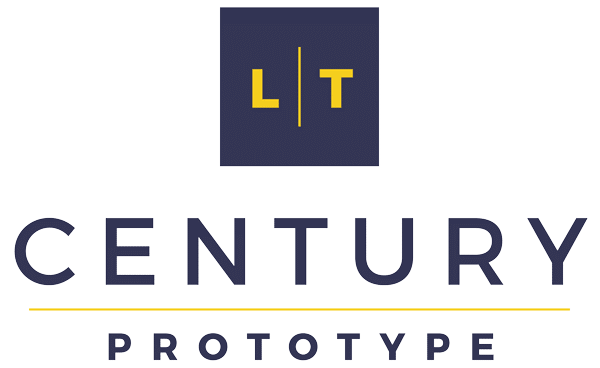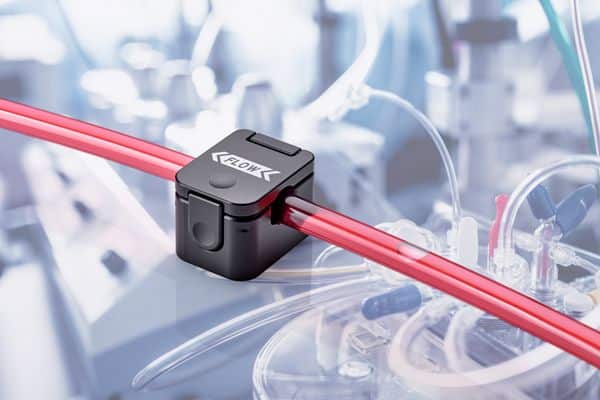When developing medical wearables, achieving precision and material compatibility is crucial for ensuring comfort, safety, and optimal functionality. Vacuum casting provides a reliable method for producing detailed prototypes and final parts that meet these demands. Vacuum casting enables the creation of high-precision, low-defect components quickly, using medical-grade materials suitable for wearable technology.
You need a process that supports rapid iteration and testing without compromising quality. Vacuum casting enables you to work with flexible materials, such as polyurethane, which are ideal for wearables due to their durability and skin-friendly properties. This method also reduces porosity and defects, providing better consistency for devices that must perform accurately on or near the body.
By using vacuum casting, you can accelerate your product development cycle while maintaining strict standards required in the medical field. It helps you transition smoothly from prototyping to production, giving you confidence in every stage of your wearable’s design and function.
Vacuum Casting Process for Medical Wearables
The vacuum casting process enables the creation of precise, functional parts that are ideal for the unique demands of medical wearables. It supports the use of biocompatible materials and advanced encapsulation techniques needed to protect delicate electronics while ensuring comfort and durability.
Principles of Vacuum Casting in Medical Applications
Vacuum casting involves pouring liquid polyurethane into a silicone mold under vacuum conditions. This removes air bubbles, resulting in highly detailed, defect-free parts.
You start with a master pattern, often 3D printed, from which a silicone mold is made. This mold is used multiple times to produce small batch runs, perfect for prototypes or limited production.
The process maintains dimensional accuracy and surface finish, which are critical for wearables, as precise fit and smooth contours significantly affect comfort and performance. You benefit from faster turnaround times compared to injection molding and lower costs for low-volume production.
Biocompatible Materials Used in Wearable Device Casting
Vacuum casting accommodates a range of biocompatible materials essential for medical wearables. Commonly, you use medical-grade polyurethanes that are skin-safe, flexible, and resistant to sweat and bodily fluids.
These materials comply with standards like ISO 10993, ensuring they do not cause allergic reactions or toxicity. Their mechanical properties can be tailored to mimic the properties of soft tissues or provide rigid support.
Using biocompatible materials in vacuum casting enables the prototyping of devices such as hearing aids, fitness sensors, or prosthetic interfaces with patient-specific ergonomics and safety.
|
Material Type |
Key Properties |
Typical Use Cases |
| Medical Grade PU | Flexibility, biocompatibility | Cases, seals, straps |
| Silicone Elastomers | Softness, skin compatibility | Contact surfaces |
| Thermoplastic Elastomers | Durability, stretchability | Flexible housings |
Stretchable Electronics Encapsulation Techniques
Stretchable electronics require specialized encapsulation to maintain functionality under bending and stretching. Vacuum casting enables uniform coverage of flexible circuits.
You pour low-viscosity polyurethanes or silicones into molds that completely embed the electronics, protecting them against moisture and mechanical stress. The vacuum ensures that no trapped air pockets are present, which can cause electrical failures.
Encapsulation must be thin enough to maintain flexibility but robust enough to guard delicate components. This balance preserves sensor accuracy and wearer comfort.
Choosing suitable elastomeric materials for vacuum casting enables the efficient integration of stretchable circuits into wearable devices, such as smart patches or pulse monitors.
Advancements in Prototyping and Fabrication
Vacuum casting has advanced to meet the precise needs of medical wearable devices, with a focus on speed, accuracy, and material suitability. These improvements enable the fabrication of complex components that require medical-grade standards and rapid iteration cycles. The process now allows the seamless production of sensor housings, prototypes, and functional parts that directly impact device performance and patient safety.
Rapid Prototyping Wearable Sensors
Vacuum casting enables rapid prototyping of wearable sensors by producing accurate, functional parts quickly and economically. You can create complex geometries that mimic end-use devices, enabling realistic testing early in the development process. This speed reduces the time between design iterations, which is critical for refining sensor placement, shape, and ergonomics.
The use of flexible polyurethane resins enables the replication of a wide range of mechanical properties, from rigid to flexible components. This variety supports sensor designs that require specific tactile feedback or durability. Combined with additive manufacturing for mold creation, vacuum casting enhances your ability to test multiple sensor configurations swiftly.
Medical-Grade Silicone Sensor Housings
Producing sensor housings from medical-grade silicone through vacuum casting ensures biocompatibility and user comfort. Silicone’s flexibility and hypoallergenic properties prevent skin irritation during prolonged wear. Vacuum casting replicates fine silicone molding details, maintaining tight tolerances necessary for sensor integrity and waterproofing.
This process delivers housings with excellent surface finish and mechanical strength, suitable for both prototypes and short production runs. You can customize the softness and elasticity by selecting silicone grades that are compatible with body contact and device requirements, ensuring that regulatory compliance and patient safety standards are met.
Fast-Turnaround Medical R&D Casting
Vacuum casting supports fast-turnaround medical R&D by streamlining prototype creation with low tooling costs and minimal setup. You gain the ability to produce small batches quickly, accelerating clinical trials and regulatory testing phases. This flexibility allows for adaptation to evolving designs without the delays common in injection molding or CNC machining.
The technique’s precision ensures each cast matches the CAD model, aiding in early-stage validation. This responsiveness to design changes means you can evaluate new materials, adjust sensor placement, and perfect ergonomics before committing to large-scale manufacturing.
Patient-Monitoring Device Fabrication
Fabricating patient-monitoring devices using vacuum casting delivers consistent quality for low- to medium-volume production. You achieve detailed replication of sensor housings and components, which are essential for devices that measure heart rate, blood pressure, or other physiological data. The process supports wearable form factors requiring complex shapes and multiple material combinations.
Vacuum casting also enables integration of electronics within the housing, protecting sensitive components while preserving device functionality. This method provides cost-effective prototyping and production alternatives, enabling you to scale while maintaining stringent medical device standards.
Reference
*Image from https://www.sonotecusa.com/

